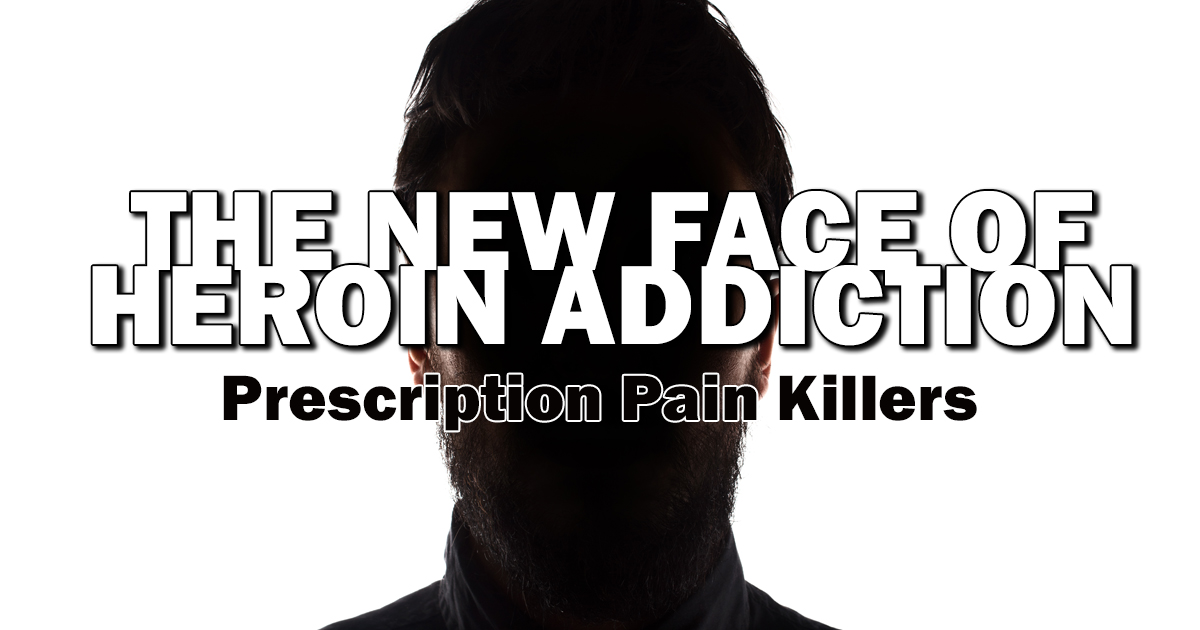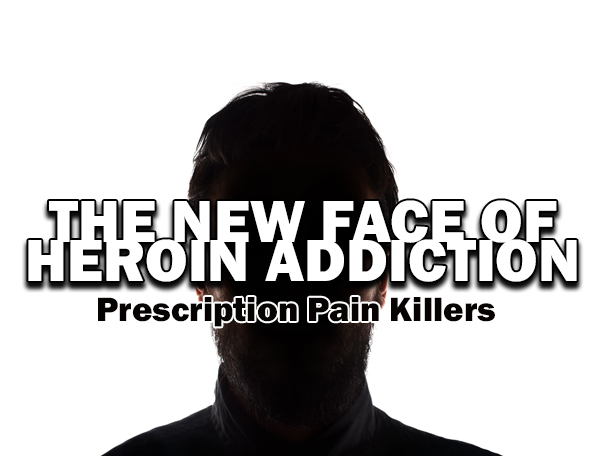
The Connection Between Prescription And Illicit
Prescription painkillers and heroin, believe it or not, are in the same class. This group, known as opioids, attach to receptors within the brain and other organs of the body. They cling to nerve cells and work to decrease the amount of pain that an individual feels. The original intention for these prescription drugs was noble, but the same qualities that bring pain relief also bring addiction.
When an opiate is taken, the chemicals can cause a widespread feeling of relaxation. Some individuals also experience euphoria, which is a strongly positive emotional reaction. Individuals become used to the benefits of the drugs and develop a dependency. They take larger and more frequent doses, intending to maintain their high. Addicts look not only for comfort but to avoid the uncomfortable symptoms of withdrawal. As their need grows, they search for an easier source of satisfaction.
Heroin is stronger than prescription pills, can be obtained more easily, and is cheaper. People can skip the process of finding a doctor, being seen, and dropping off a prescription at a pharmacy. When people become desperate for relief from withdrawals, they’ll look instead for a dealer on the streets and find a substitute much faster. Many individuals will switch back and forth between the two, using their prescription pills until they run out and then returning to the streets.
The Dangers Associated With Opioids
The biggest problem with these drugs is that they’re highly addictive. Once a dependency is established, it’s almost impossible to quit using without treatment. The withdrawal symptoms can present in as little as six hours after the last dose. Others will show signs at around 30 hours and peak at 72. Individuals often experience muscle and bone pain, vomiting, insomnia, cold flashes, restlessness, and uncontrollable leg movements.
The long-term effects are even worse than the symptoms of withdrawal. Many users experience brain damage due to hypoxia. This is when the respiratory system is depressed and the brain doesn’t receive enough oxygen. Abdominal distention and liver damage also might be the aftermath of opiate addiction.
Why Transitioning To Heroin Is Even More Dangerous
Aside from the other health dangers, heroin itself poses many risks because it’s impossible to determine its origins. Anytime someone buys from the streets, the user is taking a gamble. In its purest form, the drug is a white powder. But on the street, it’s more commonly seen as rose gray, brown, or black, due to additives. These other chemicals are added to dilute the drug and give the dealer more value for the money.
Additives present a range of hazards. Some dealers will use sugar or caffeine to thin out the powder. Others add compounds like strychnine—a potent stimulant used in rat poison that causes violent convulsions. It’s impossible to tell which additives are thrown into the mix. If they’re not dangerous enough to cause death on their own, their presence can still wreak havoc. Many of them don’t dissolve fully. When they’re forced into the body via injection, they can clog blood vessels leading to vital organs. Infection and atrophy of the affected body parts is all too common.
Finding Treatment Is Important
Opioids are incredibly addictive, and they can be especially difficult to quit. This becomes even truer when a person has used the drug for an extended period of time. Finding heroin addiction treatment, at Pathways Recovery in Sacramento, CA, will help addicts slowly and safely detoxify their bodies before transitioning into proactive treatments, such as heroin overdose treatments. Many facilities focus on methods that retrain the brain. Understanding effective coping mechanisms and accountability can transform an individual’s chances of recovery.


